The Clean Energy Regulator has announced that over 50% of small-scale technology certificate (STC) claims are now submitted using solar panel validation (SPV). Launched in 2018, the SPV program aims to address the installation of unapproved solar panels under the Small-scale Renewable Energy Scheme (SRES), a mechanism that provides Australia’s national solar subsidy.
This time last year about 5% of STC claims used SPV, the CER said. “The use of SPV has rapidly increased over the past several months and we expect it will continue,” it said. “This increase is driven by more accredited installers and registered agents using SPV to help protect their business and provide their customers with confidence that the product they are receiving is genuine.”
Under the program, the validation of solar panels is done through smartphone apps, which scan serial numbers and check against a database to ensure the panels are approved. This provides consumers with evidence they are getting a genuine brand that meets Australian standards and comes with the stated warranty.
Using SPV also fast-tracks the process of claiming solar subsidies. That is to say, STC claims submitted using SPV are being processed within 24 hours, subject to meeting all requirements under the scheme. STC claims submitted without verified solar panel information undergo a more detailed assessment, resulting in longer processing times of four to six weeks.
As a taxpayer-funded incentive for sub-100kW, the SRES program has propelled rooftop PV uptake across Australia and helped a great many households cope with soaring electricity prices. Amid a debate as to whether the SRES, which is paid on the capacity of the PV system rather than power output – kWp rather than kWh – incentivized volume rather than quality of PV systems, the CER and the renewable energy industry came together to develop SPV to protect the integrity of the subsidy scheme.
At the time of the program launch, the Australian Competition and Consumer Commission (ACCC) was actively campaigning to abolish the SRES scheme by 2021, instead of 2030, as envisaged by the current policy, saying that the program is putting upward pressure on electricity bills. As dodgy installations were acting as a tailwind to the movement to scrap the SRES, the SPV initiative was launched to address the issue.
Presently, over 95% of solar panels eligible under the SRES can be verified using SPV, with further solar panel brands seeking to be added to the list of over 40 currently participating brands, the CER said.
This content is protected by copyright and may not be reused. If you want to cooperate with us and would like to reuse some of our content, please contact: editors@pv-magazine.com.
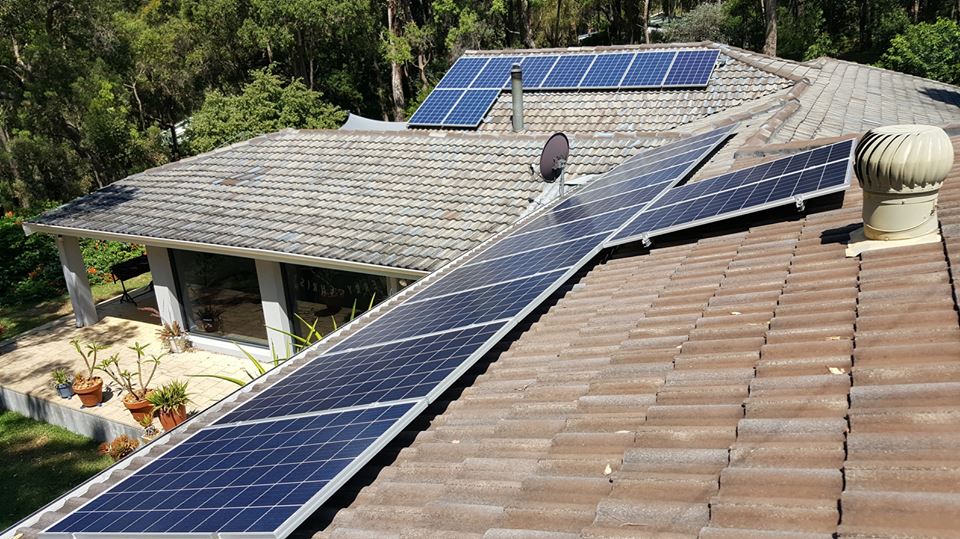
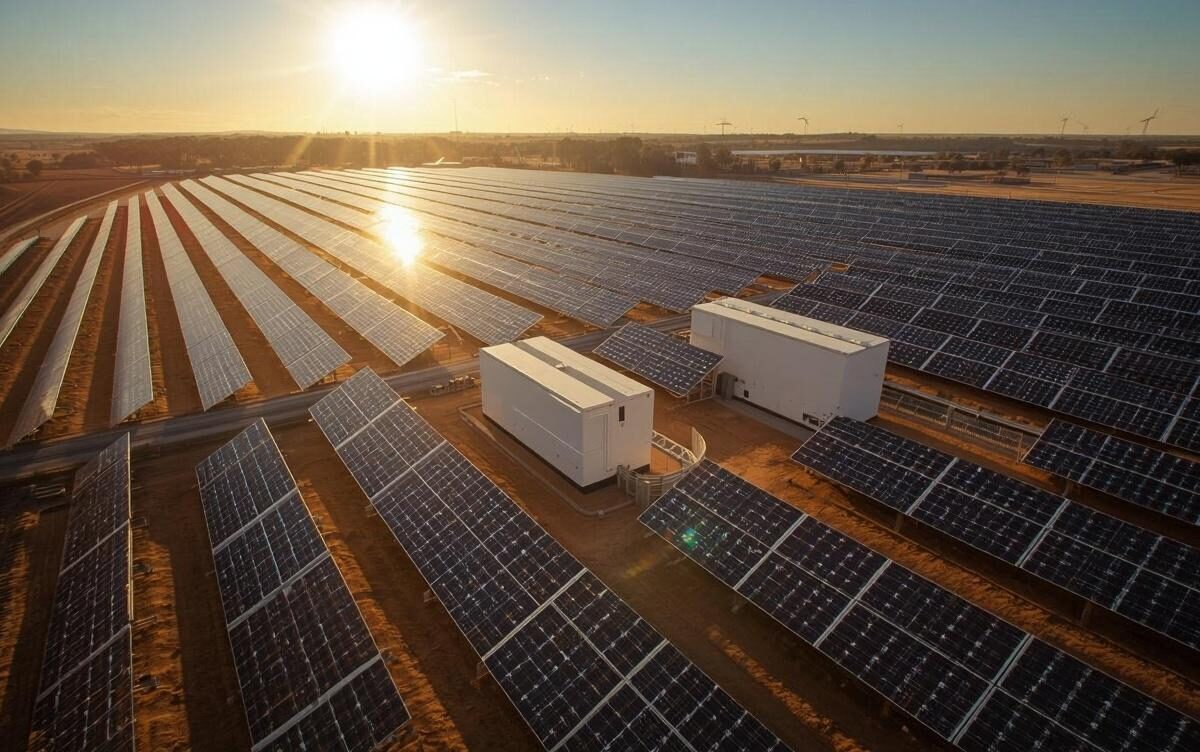


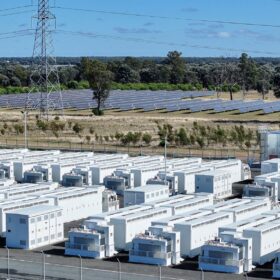

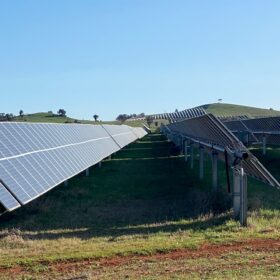
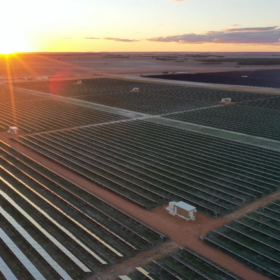

I like your reports, but sometimes the word “power” is used instead of energy. Unfortunately the word power is used in common vernacular to mean electricity, but electricity is not power, it is a form of energy. By definition, power is the RATE at which energy is produced, transmitted or used. It can be very confusing when the word power is misused in a technical report. Particularly one on renewable energy.
Hi Roy,
Thanks for this input. I’ll refer it to the editorial team – it is important that we use accurate terminology.